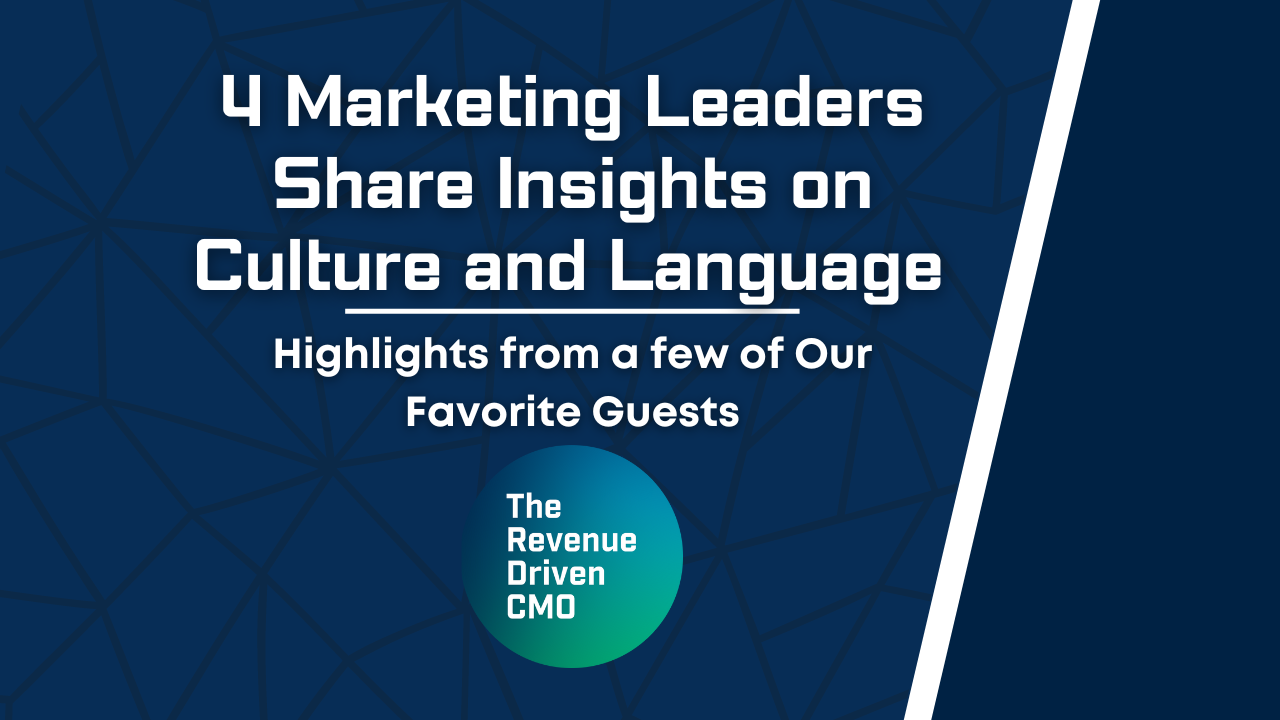
3 keys to retaining talent after the “Great Resignation”
If you lived through the “Great Resignation” of 2021, you know how much the workplace landscape has shifted. What matters to potential employees today isn’t the same as what mattered to them 5-10 years ago.
Retaining talent, especially millennial talent, means taking things like work-life balance, inclusivity, and mental health into more serious consideration in 2022. Here are 3 keys to making sure you attract and retain the best people for your business going forward.
(Note: These tips are courtesy of Alex Kukich, Head of Revenue for WITHIN. Check out his full interview on our podcast to hear what else he has to say about keeping your marketing talent around.)
Book a 30 minute call
Reserve 30 minutes with a strategist and get 30 hours worth of value.
Key #1: Make sure you’re in alignment

“Number one, find out where these folks have been and where they want to go,” says Kukich. “Are they in alignment with what you’re trying to build as a leader of a business, as a leader of a department, or as somebody who’s building a team that doesn’t exist yet? Are they taking a job for money or the opportunity? Always look for people that want the opportunity.”
Retaining key talent means making sure you’re on the same page with the people you hire. Someone is much more likely to stick around if they feel your organization and the job title aligns with their future career goals. Find out what makes them tick and see if you’re a match.
Key #2: Take note of how they present themselves

“How do they present themselves in this virtual environment we’re in today?”, asks Kukich. “What are they looking at that’s important to them and how quickly can they communicate? What’s the way that they come across on camera and how do they sound?”
Day-to-day work interactions aren’t the same as they were just a few years ago. Gone are the days of shaking someone’s hand, looking them in the eyes, and delivering them a product face to face. Much of the workforce has had to adapt to working online, and that’s especially true in the marketing department.
Key #3: Embrace shifted priorities

The pandemic caused a lot of people to step back and rethink their lives, so it’s no surprise that it led to many workers questioning what’s considered “normal” in the average workplace. Whereas several years ago a candidate’s main questions during an interview would be about salary, benefits, and career progression, many of today’s top prospects have different concerns in mind,
Retaining talent in a competitive market now means you must consider issues such as diversity and inclusion, work-life balance, and mental health. Benefits such as unlimited PTO and allowing employees time off to focus on their overall well-being are no longer uncommon.
While embracing these new changes is important, you still have to be honest about what you hope to achieve as a company.
“There might be some things that come out where people don’t really feel like they’re that aligned with some of the things that you want and that you’re trying to build in a business,” says Kukich. “And therefore that great candidate who has all that expertise and subject matter experience, you just got to pass on them because they’re not built for where you’re going.”
Bonus tip: Find good humans

This is one key that will always be relevant no matter what year it is. “You still gotta weed through and find those good human beings,” says Kukich. If your company is made up of highly ethical people, you’ll be okay.
Want more tips on how to attract top talent?
Check out all the episodes of our 3-Minute-Marketing podcast to hear more insights like this from the world’s top growth marketing leaders. Or get in touch with us if you need some help taking your digital recruiting programs to new heights.
Most newsletters suck...
So while we technically have to call this a daily newsletter so people know what it is, it's anything but.
You won't find any 'industry standards' or 'guru best practices' here - only the real stuff that actually moves the needle.






